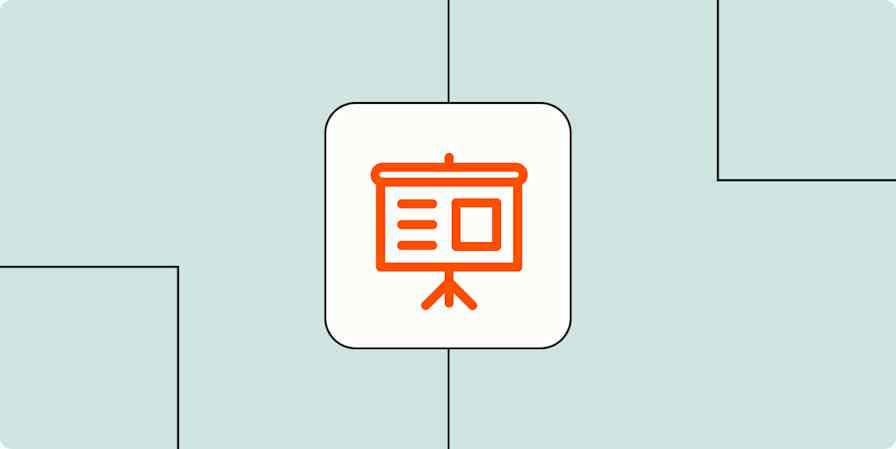Productivity tips
3 min readWhy January is the worst time for resolutions
Focus on getting back to normal, then start thinking about other changes
By Justin Pot · January 3, 2020

Get productivity tips delivered straight to your inbox
We’ll email you 1-3 times per week—and never share your information.
Related articles
Improve your productivity automatically. Use Zapier to get your apps working together.








